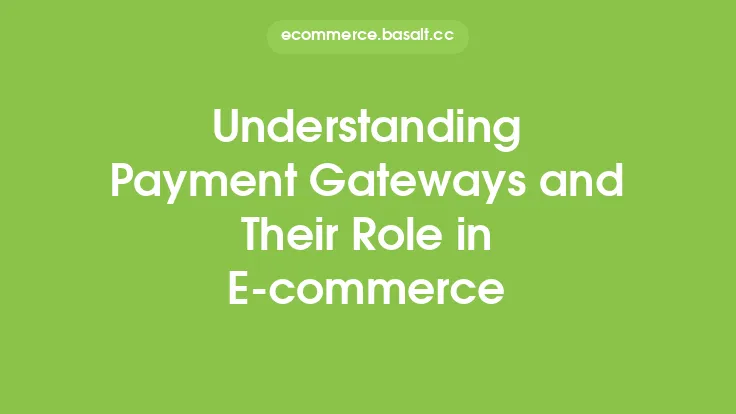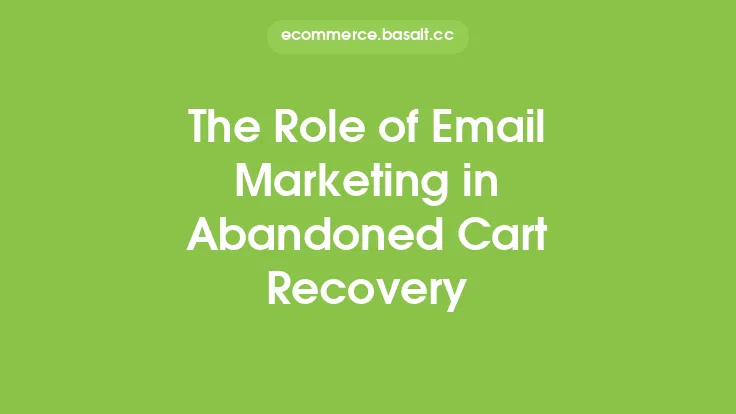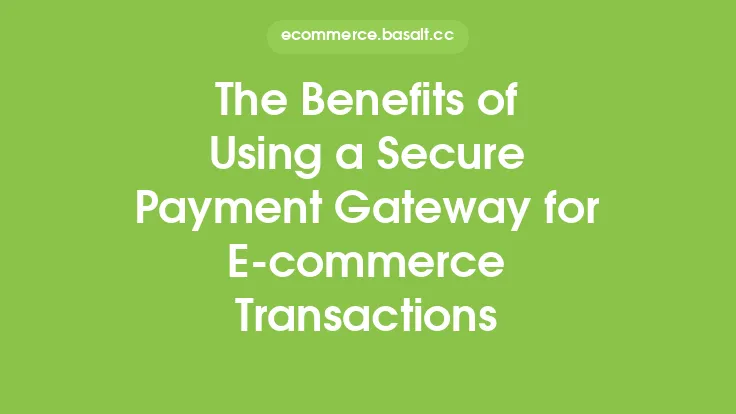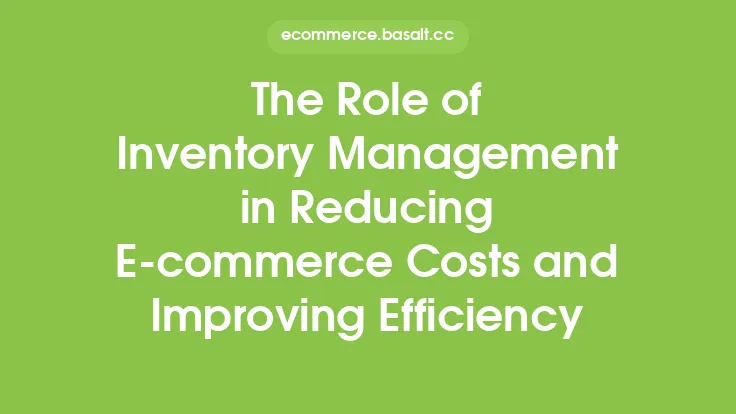Cart abandonment is a persistent issue in the e-commerce industry, with billions of dollars in potential sales lost every year due to customers abandoning their shopping carts before completing a purchase. One crucial factor that contributes to cart abandonment is the payment processing experience. A seamless, efficient, and secure payment process can significantly reduce cart abandonment rates, while a cumbersome or untrustworthy process can drive customers away. In this article, we will explore the role of payment processing in reducing cart abandonment rates and provide insights on how e-commerce businesses can optimize their payment processing to minimize lost sales.
Understanding Cart Abandonment
Cart abandonment occurs when a customer adds items to their shopping cart but fails to complete the purchase. This can happen for a variety of reasons, including high shipping costs, lack of trust in the website, complicated checkout processes, and payment processing issues. According to recent studies, the average cart abandonment rate is around 70%, with some industries experiencing rates as high as 80%. This means that for every 10 customers who add items to their cart, 7 will abandon their purchase before completing it.
The Impact of Payment Processing on Cart Abandonment
Payment processing plays a critical role in the checkout experience, and any issues or complications during this process can lead to cart abandonment. Some common payment processing issues that contribute to cart abandonment include:
- Long processing times: Customers expect fast and efficient payment processing. If the process takes too long, customers may become frustrated and abandon their cart.
- Security concerns: If customers do not feel that their payment information is secure, they may abandon their cart to avoid potential fraud or identity theft.
- Limited payment options: If customers are not able to pay using their preferred payment method, they may abandon their cart.
- High payment processing fees: If customers are charged high fees for payment processing, they may abandon their cart to avoid these extra costs.
Optimizing Payment Processing to Reduce Cart Abandonment
To reduce cart abandonment rates, e-commerce businesses must optimize their payment processing to provide a seamless, efficient, and secure experience for customers. Here are some strategies to achieve this:
- Offer multiple payment options: Providing customers with a range of payment options, including credit cards, PayPal, and other digital payment methods, can increase the likelihood of completing a purchase.
- Implement a secure payment gateway: Using a reputable and secure payment gateway can help to alleviate security concerns and protect customer payment information.
- Streamline the checkout process: Simplifying the checkout process and reducing the number of steps required to complete a purchase can help to minimize frustration and cart abandonment.
- Provide transparent payment information: Clearly displaying payment processing fees and other relevant information can help to build trust with customers and reduce cart abandonment.
Best Practices for Payment Processing
To minimize cart abandonment rates, e-commerce businesses should follow best practices for payment processing, including:
- Using a payment gateway that supports multiple payment methods and currencies
- Implementing tokenization and other security measures to protect customer payment information
- Providing clear and transparent payment information, including fees and processing times
- Offering customer support and assistance during the payment process
- Continuously monitoring and optimizing the payment processing experience to identify and address any issues or areas for improvement.
The Future of Payment Processing and Cart Abandonment
As the e-commerce industry continues to evolve, payment processing will play an increasingly important role in reducing cart abandonment rates. Emerging technologies, such as mobile payments and blockchain, are expected to further streamline the payment process and provide customers with more secure and efficient payment options. Additionally, the use of artificial intelligence and machine learning can help e-commerce businesses to better understand customer behavior and preferences, allowing them to optimize their payment processing and minimize cart abandonment.
Conclusion
Cart abandonment is a significant issue in the e-commerce industry, with payment processing playing a critical role in reducing cart abandonment rates. By optimizing payment processing to provide a seamless, efficient, and secure experience for customers, e-commerce businesses can minimize lost sales and increase revenue. By following best practices for payment processing and staying up-to-date with the latest technologies and trends, e-commerce businesses can reduce cart abandonment rates and provide a better overall experience for their customers.





